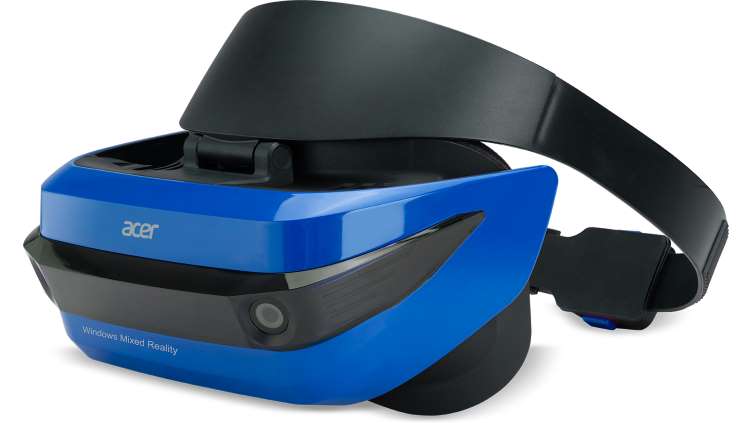
Windows Mixed Reality
What's this 'Mixed Reality', anyway?
Microsoft has been really kicking it out of the park the last few years when it comes to innovation in both virtual and augmented reality. First came the HoloLens which completely changed the game when it came to portable headset based augmented computing. Now, last October they announced the launch of their new Windows Mixed Reality platform, in colllaboration with no less than five OEMs including Acer, ASUS, Dell, Lenovo, HP, and Samsung. We lobbied really hard to be the sixth manufacturer in this space, but we couldn't get hold of the required hundred million dollars and modern manufacturing plant required to participate in the initiative. Well, better luck next time :P
'Mixed Reality' is a very canny definition used by Microsoft. See, they already have an augmented reality headset- the same principles and interface apply to these new headsets but they're essentially VR devices. So the term 'mixed reality' in this case means that the same basic interface applies to both virtual and augmented reality, the only difference being the type of headset it is used by. VR and AR are pretty similar in their approach, they are not parallel or competitive technologies. Rather, they can be seen as different points on a spectrum between the real and virtual worlds- VR simply represents a point on that curve where there is no physical world presence. What Microsoft is aiming to do is bridge that gap- allowing you to experience VR on your AR headset and vice versa. A good example would be using the front-facing camera to see what's happening in the physical world while immersed in the virtual one.
Windows Mixed Reality headsets
These headsets are really interesting. For one, all of them are slightly higher resolution than both the Rift and the Vive.The controllers look really interesting (almost everyone remarks on them when they first light up) and have buttons, thumbsticks and capacitive pads. A combination of the Oculus Touch controllers and the Vive wands.
The big feature here though, is the inside-out tracking. It's big because there is no need for sensors to track the headset and controllers, they packed all this functionality directly into the headset itself. In practice, it works pretty well too.
Microsoft wants to integrate this into one unified operating system that is self-contained (like the HoloLens) in terms of computing, but yet able to switch from virtual to augmented reality at will. It is a highly interesting view on the future of large scale systems across both these fields.
In our extensive tests with both the HoloLens and the Acer MR headset, this is a fantastic step in the right direction. Portable, personal computing right in front of your eyes. We've been big fans of wearables since back in the day, and these are trends we fully endorse!
<write about 3000 more words here and about 6 more images>

Add new comment